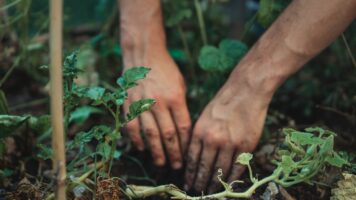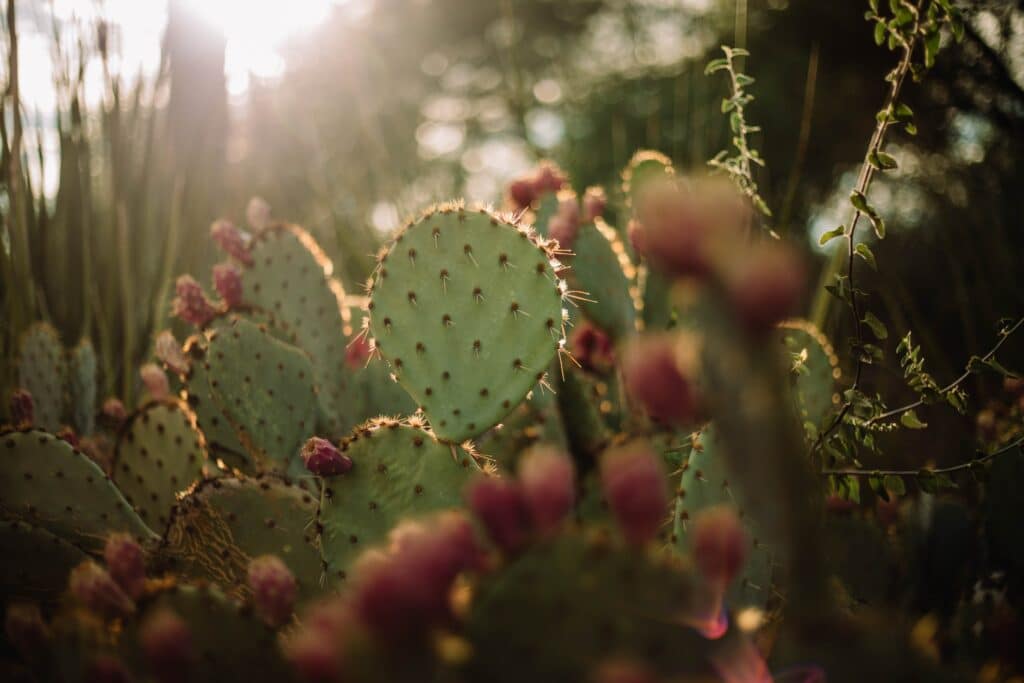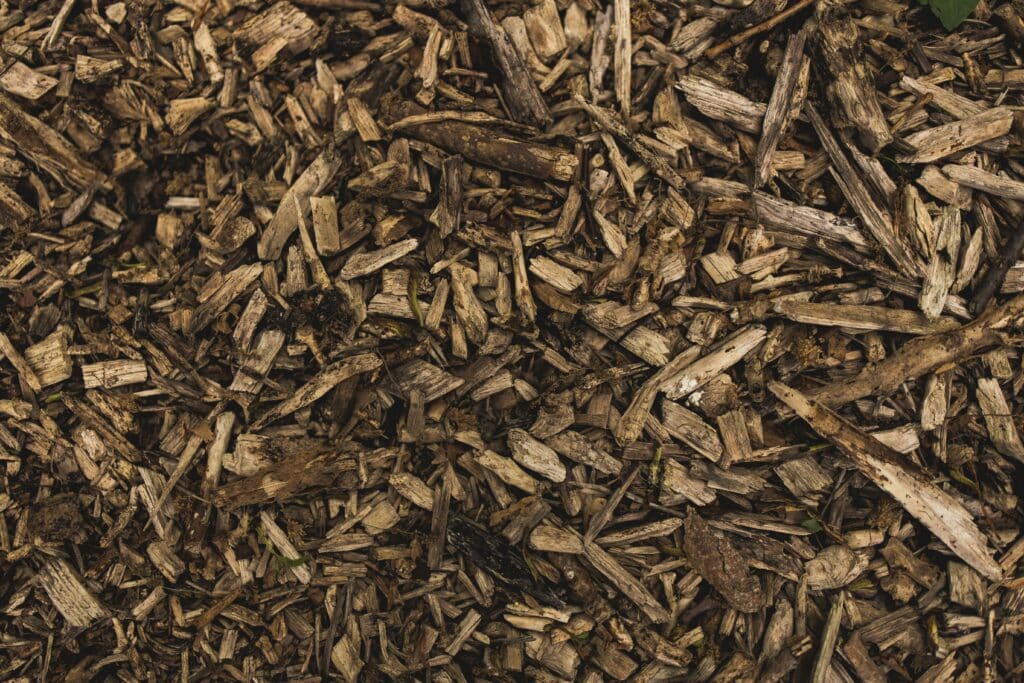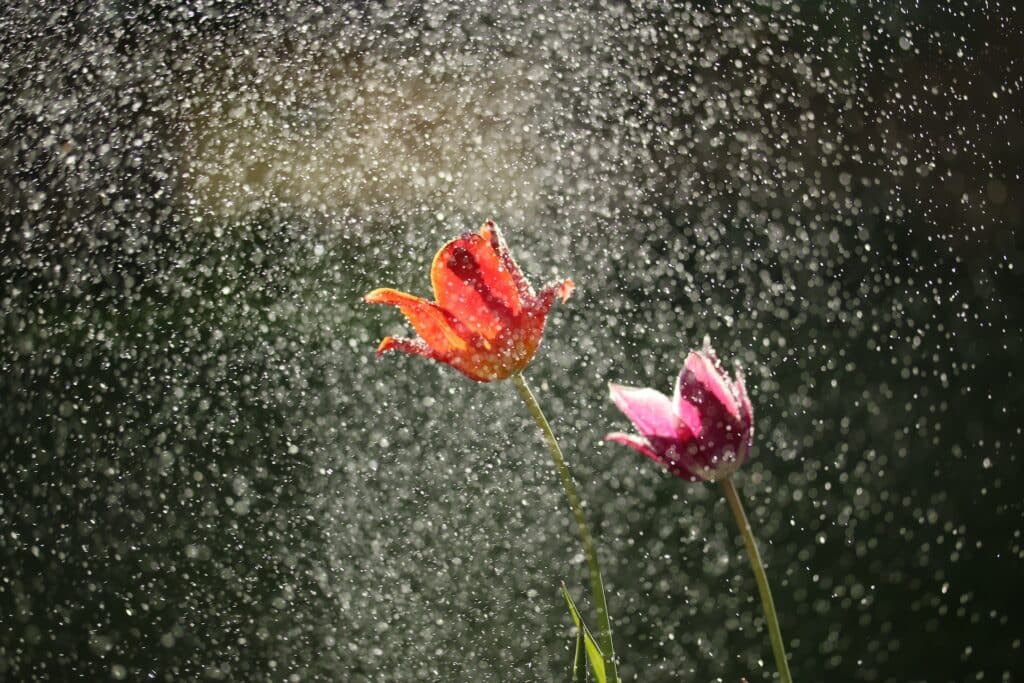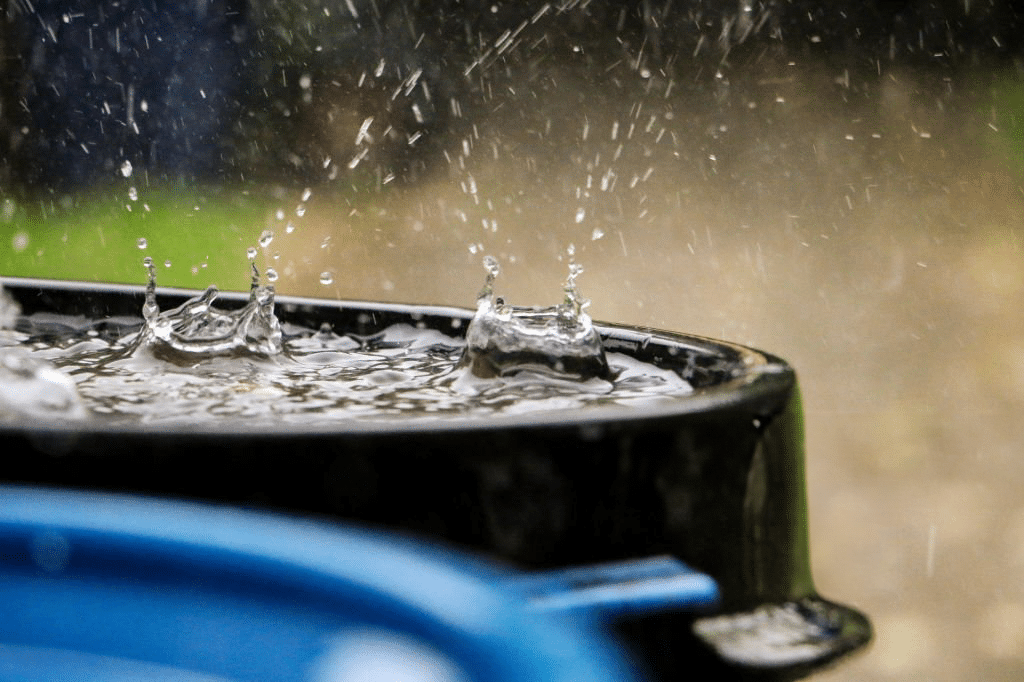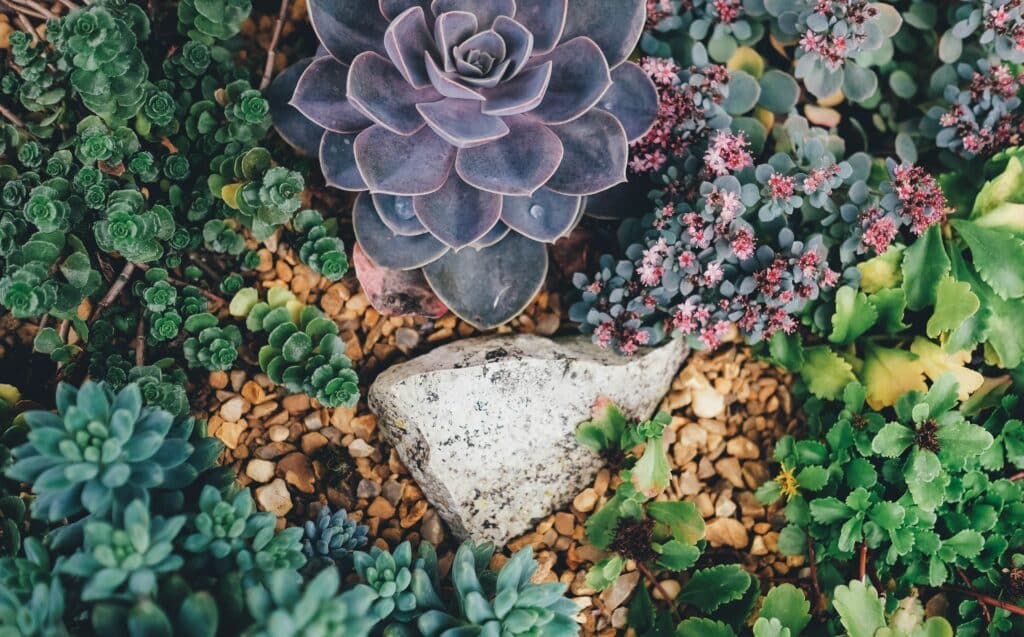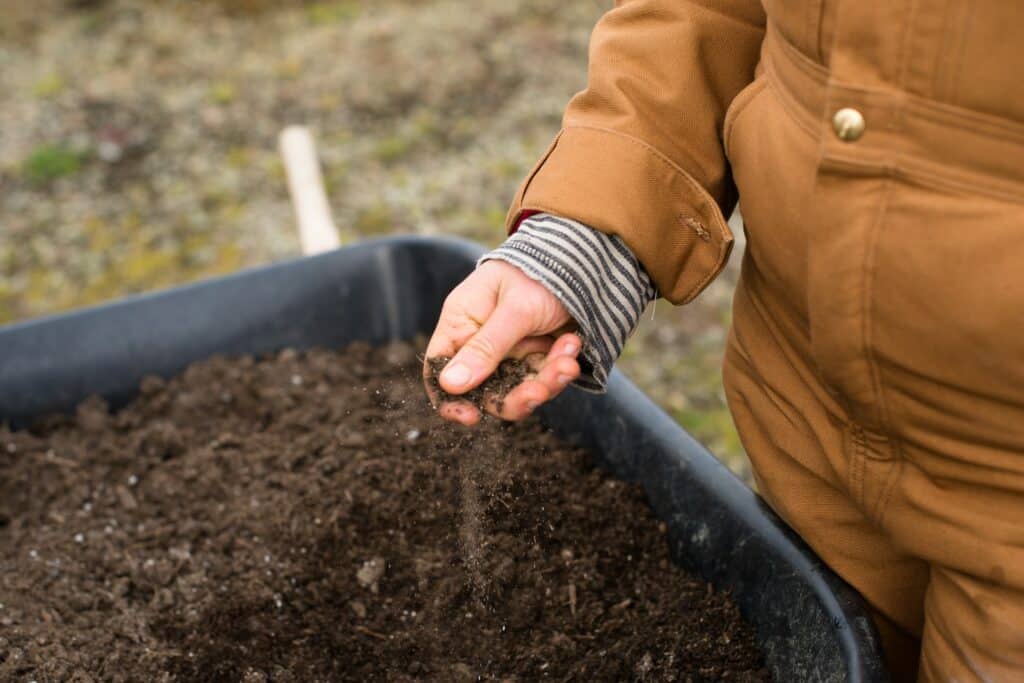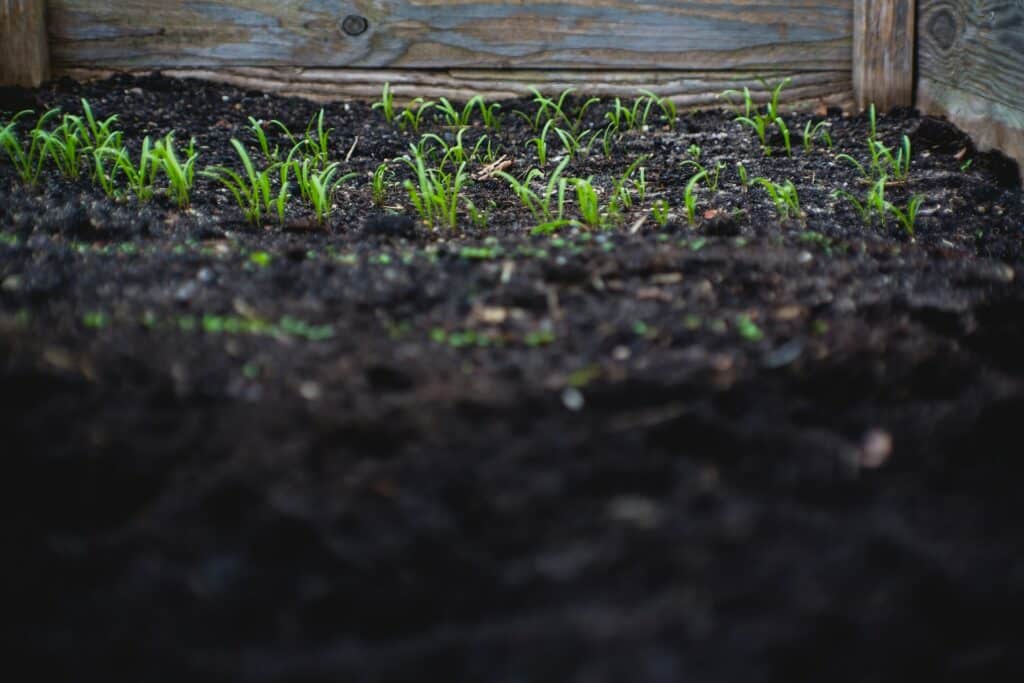In the pursuit of creating a lush and vibrant garden in Parklea, conserving water is paramount, especially in an environment where water scarcity is a concern. Implementing water-saving landscaping practices not only helps to preserve this precious resource but also promotes sustainability and reduces utility bills. Here are some valuable tips to maximize water conservation in your Parklea garden:
1. Choose Drought-Tolerant Plants:
Opt for native or drought-resistant plant species that are well-suited to Parklea’s climate conditions. These plants have evolved to thrive in dry environments and require minimal watering once established. Examples include succulents, lavender, kangaroo paw, and grevillea. Incorporating these resilient plants into your garden not only saves water but also adds beauty and character to your landscape.
2. Mulch for Moisture Retention:
Applying a layer of organic mulch, such as wood chips, straw, or compost, around plants and garden beds helps to retain soil moisture by reducing evaporation. Mulch also suppresses weed growth, regulates soil temperature, and improves soil structure over time. Aim for a thickness of 2-3 inches to reap the maximum benefits of mulching in your Parklea garden. Click here for our guide on choosing the right mulch for your garden.
3. Efficient Irrigation Systems:
Upgrade your irrigation system to a drip or micro-spray system, which delivers water directly to the root zone of plants, minimizing wastage through evaporation and runoff. Additionally, install a timer or moisture sensor to automate watering schedules and ensure that plants receive the right amount of water at the optimal times. This approach not only conserves water but also promotes healthier plant growth.
4. Rainwater Harvesting:
Utilize rainwater harvesting techniques to collect and store rainwater for irrigation purposes. Install rain barrels or tanks connected to gutter downspouts to capture runoff from your roof. This harvested rainwater can then be used to water your garden during dry spells, reducing reliance on municipal water sources and lowering your water bills.
5. Group Plants by Water Needs:
Practice hydrozoning by grouping plants with similar water requirements together in your garden beds. This allows you to tailor irrigation schedules more efficiently, ensuring that each plant receives just the right amount of water without overwatering or underwatering. By strategically grouping plants based on their water needs, you can optimize water usage and promote healthier plant growth.
6. Soil Amendment and Aeration:
Improve soil structure and water retention capacity by incorporating organic matter, such as compost or well-rotted manure, into your garden beds. Amending the soil with organic materials enhances its ability to hold moisture and nutrients, reducing the frequency of watering required. Additionally, aerate compacted soils to facilitate better water infiltration and root growth, promoting overall soil health.
7. Monitor and Adjust Watering Practices:
Regularly monitor soil moisture levels and plant health to gauge watering needs accurately. Adjust irrigation schedules based on weather conditions, seasonal changes, and plant growth stages. During periods of rainfall or cooler temperatures, reduce watering frequency to avoid waterlogging and potential root rot. By staying vigilant and responsive to your garden’s needs, you can optimize water usage and maintain a thriving landscape in Parklea.
In conclusion, implementing water-saving landscaping techniques in your Parklea garden is not only environmentally responsible but also economically beneficial. By incorporating drought-tolerant plants, mulching, efficient irrigation systems, rainwater harvesting, hydrozoning, soil amendment, and smart watering practices, you can create a sustainable and beautiful outdoor space that conserves water and thrives in Parklea’s unique climate. Start implementing these water-saving tips today and make a positive impact on both your garden and the environment. For more information, feel free to contact us here.

